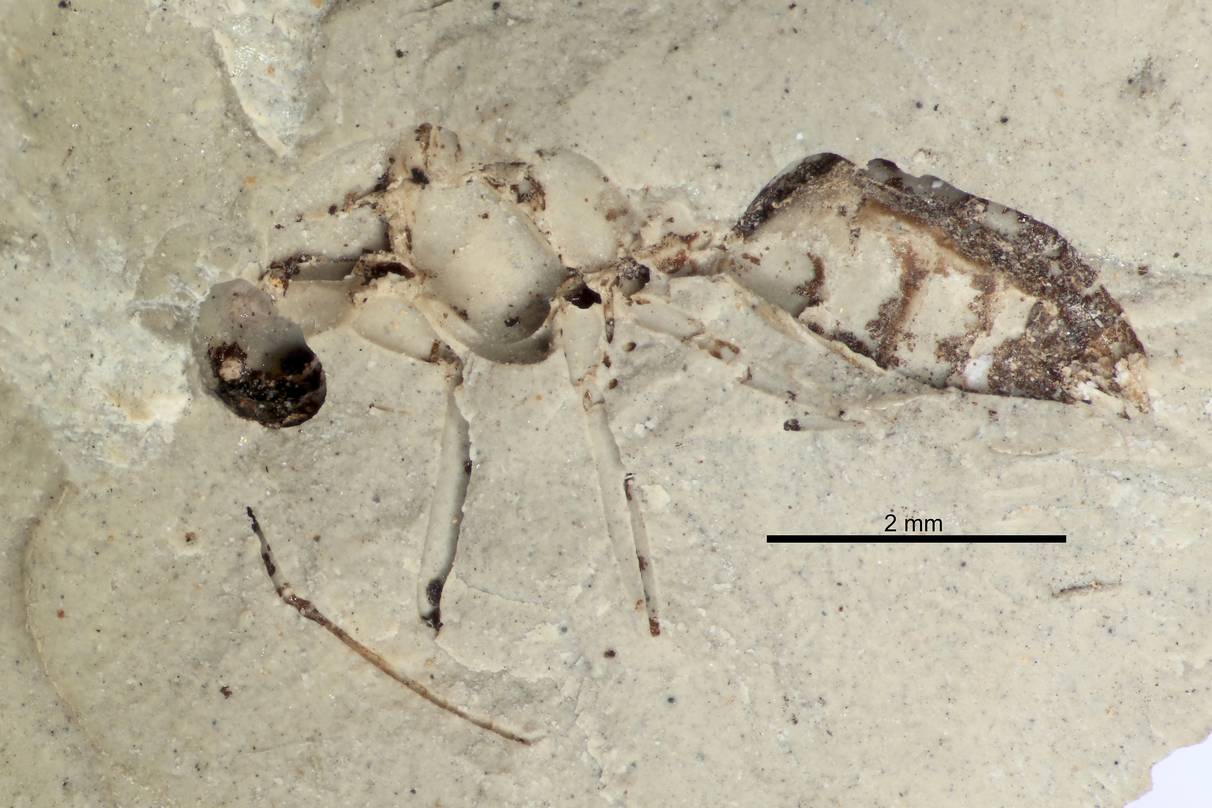|
Camponotus Clarior
''Camponotus clarior'' is a species of ant Ants are eusocial insects of the family Formicidae and, along with the related wasps and bees, belong to the order Hymenoptera. Ants evolved from vespoid wasp ancestors in the Cretaceous period. More than 13,800 of an estimated total of ... in the genus '' Camponotus''. Described by Auguste-Henri Forel in 1902, the species is native to Australia.Forel, A. 1902. Fourmis nouvelles d'Australie. ''Rev. Suisse Zool''. 10: 405-548 See also * List of ants of Australia * List of ''Camponotus'' species'' References clarior Hymenoptera of Australia Insects described in 1902 {{formicinae-stub ... [...More Info...] [...Related Items...] OR: [Wikipedia] [Google] [Baidu] |
Auguste-Henri Forel
Auguste-Henri Forel (1 September 1848 – 27 July 1931) was a Swiss myrmecologist, neuroanatomist, psychiatrist and eugenicist, notable for his investigations into the structure of the human brain and that of ants. For example, he is considered a co-founder of the neuron theory. Forel is also known for his early contributions to sexology and psychology. From 1978 until 2000 Forel's image appeared on the 1000 Swiss franc banknote. Biography Born in villa ''La Gracieuse'', Morges, Switzerland, to Victor Forel a pious Swiss Calvinist and Pauline Morin, a French Huguenot he was brought up under a protective household. At the age of seven he began to take an interest in insects. He went to school at Morges and Lausanne before joining the medical school at Zurich. Forel had a diverse and mixed career as a thinker on many subjects. At Zurich he was inspired by the work of Bernhard von Gudden (1824-1886). In 1871 he went to Vienna and studied under Theodor Meynert (1833-1892) but was ... [...More Info...] [...Related Items...] OR: [Wikipedia] [Google] [Baidu] |
Australia
Australia, officially the Commonwealth of Australia, is a Sovereign state, sovereign country comprising the mainland of the Australia (continent), Australian continent, the island of Tasmania, and numerous List of islands of Australia, smaller islands. With an area of , Australia is the largest country by area in Oceania and the world's List of countries and dependencies by area, sixth-largest country. Australia is the oldest, flattest, and driest inhabited continent, with the least fertile soils. It is a Megadiverse countries, megadiverse country, and its size gives it a wide variety of landscapes and climates, with Deserts of Australia, deserts in the centre, tropical Forests of Australia, rainforests in the north-east, and List of mountains in Australia, mountain ranges in the south-east. The ancestors of Aboriginal Australians began arriving from south east Asia approximately Early human migrations#Nearby Oceania, 65,000 years ago, during the Last Glacial Period, last i ... [...More Info...] [...Related Items...] OR: [Wikipedia] [Google] [Baidu] |
List Of Ants Of Australia
The ant fauna of Australia is large and diverse. As of 1999, Australia and its external territories represent 1,275 described taxa (subspecies included) divided into 103 genera and 10 subfamilies. No publication since 1999 has estimated the current diversity of Australia's ant fauna, although it has considerably increased in size as the total amount of subfamilies in Australia today is around twelve. Very few species in the country are known to be invasive. Australia is home to two-thirds of the world's subfamilies, one-third of known genera, 15% of all described species, and some genera found in Australia can be found nowhere else or they are found in neighboring countries instead. Australia's ant diversity is smaller than Central America, South America and Southeast Asia, it has roughly the same number of genera and species as the Orient and surpasses the amount of ants known in Europe, North America, Northern Asia and Northern Africa. The state of Queensland has the grea ... [...More Info...] [...Related Items...] OR: [Wikipedia] [Google] [Baidu] |
List Of Camponotus Species
This is a list of extant valid species and subspecies of the formicine genus '' Camponotus'' (carpenter ants). There are over 1,000 species in this genus. A * '' Camponotus aberrans'' Mayr, 1895 * ''Camponotus abdominalis'' (Fabricius, 1804) * '' Camponotus abjectus'' Santschi, 1937 * '' Camponotus abrahami'' Forel, 1913 * '' Camponotus abscisus'' Roger, 1863 * '' Camponotus abunanus'' Mann, 1916 * '' Camponotus acutirostris'' Wheeler, 1910 * '' Camponotus acvapimensis'' Mayr, 1862 * '' Camponotus adami'' Forel, 1910 * '' Camponotus adenensis'' Emery, 1893 * '' Camponotus aegaeus'' Emery, 1915 * '' Camponotus aegyptiacus'' Emery, 1915 * '' Camponotus aeneopilosus'' Mayr, 1862 * '' Camponotus aequatorialis'' Roger, 1863 * '' Camponotus aequitas'' Santschi, 1920 * '' Camponotus aethiops'' (Latreille, 1798) * '' Camponotus afflatus'' Viehmeyer, 1925 * '' Camponotus ager'' (Smith F., 1858) * '' Camponotus agonius'' Santschi, 1915 * '' Camponotus aguilerai'' Kusnezov, 1952 * '' ... [...More Info...] [...Related Items...] OR: [Wikipedia] [Google] [Baidu] |
Hymenoptera Of Australia
Hymenoptera is a large order of insects, comprising the sawflies, wasps, bees, and ants. Over 150,000 living species of Hymenoptera have been described, in addition to over 2,000 extinct ones. Many of the species are parasitic. Females typically have a special ovipositor for inserting eggs into hosts or places that are otherwise inaccessible. This ovipositor is often modified into a stinger. The young develop through holometabolism (complete metamorphosis)—that is, they have a wormlike larval stage and an inactive pupal stage before they mature. Etymology The name Hymenoptera refers to the wings of the insects, but the original derivation is ambiguous. All references agree that the derivation involves the Ancient Greek πτερόν (''pteron'') for wing. The Ancient Greek ὑμήν (''hymen'') for membrane provides a plausible etymology for the term because species in this order have membranous wings. However, a key characteristic of this order is that the hindwings are con ... [...More Info...] [...Related Items...] OR: [Wikipedia] [Google] [Baidu] |


